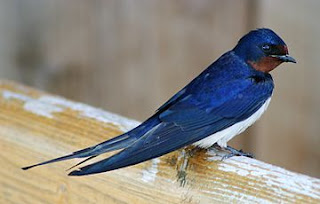polar bear
The polar bear (scientific name: Ursus maritimus), also known as polar bears, is a species of carnivorous mammal of the family Ursidae found in Arctic polar circle. It is the largest known terrestrial carnivore and also the largest bear, together with the Kodiak Bear, which is about the same size. Although related to the brown bear, this species has evolved to occupy a narrow ecological niche, with many morphological characteristics adapted for cold temperatures, for moving on snow, ice and water, and for hunting seals, which comprises the largest portion from your diet.

The species is classified as "vulnerable" by the International Union for Conservation of Nature (IUCN), with eight of the nineteen subpopulations in decline. Among the threats that hit the bear are the development of the region with oil and gas exploration, contamination by pollutants, poaching and the effects of climate change on habitat. For hundreds of years, the polar bear has been a key figure in cultural, spiritual and material from indigenous Arctic peoples, appearing in many legends and tales of these people.
reproduction
The polar-bear has a poligâmicoe mating system in some regions this relationship is promiscuous. Males and females stay together for a short time while the females are receptive and there is no other link between the sexes. The breeding season occurs in late winter and early spring, from March until June. Most ovulations occur in April and May, making estrus is not synchronized. The females come into estrus every two or three years after weaning puppies or after losing the calves before weaning. This prolonged association between female and pups results in a distorted relationship between functional sexes, with two to three males available for each female in heat, leading to increased competition among males for access to females in heat. Consequently, males can form dominance hierarchies, often unstable, through fights that result in bites, bruises and broken teeth, especially the canines.

The implantation of the fertilized egg is delayed until August or September in the fall, extending the pregnancy to 195-265 days. During most of the time, the active development of the conceptus is stopped. During these months, the pregnant female eats large amounts of food, gaining at least 200 kg and often more than doubling her body weight. In the fall when the floes from beginning to ending the possibility of hunting, pregnant females build a nest, which consists of a narrow entrance leading to a tunnel or even three chambers, digging snow in October or November. Nests are located a few kilometers from the coast (usually within 8 km) and usually the same maternity areas are used each year. In the play, she enters a dormant state similar to hibernation. This state does not consist of a continuous sleep, however, the heart rate slows from 46 to 27 beats per minute. Your body temperature does not decrease during this period as it would in a typical mammal goes into hibernation.





















































